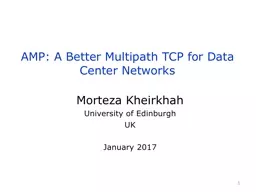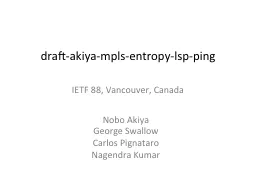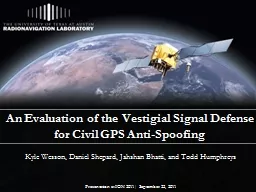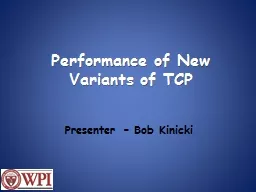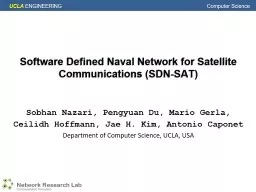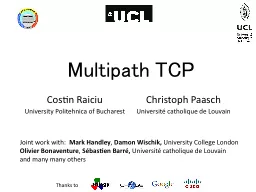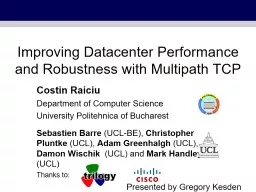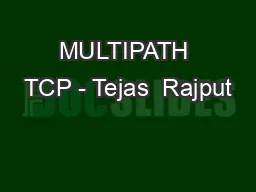PPT-AMP: A Better Multipath TCP for Data Center Networks 1 Morteza
Author : lois-ondreau | Published Date : 2019-11-04
AMP A Better Multipath TCP for Data Center Networks 1 Morteza Kheirkhah University of Edinburgh UK January 2017 Two Key Characteristics of Data Centre Networks DCN
Presentation Embed Code
Download Presentation
Download Presentation The PPT/PDF document "AMP: A Better Multipath TCP for Data Ce..." is the property of its rightful owner. Permission is granted to download and print the materials on this website for personal, non-commercial use only, and to display it on your personal computer provided you do not modify the materials and that you retain all copyright notices contained in the materials. By downloading content from our website, you accept the terms of this agreement.
AMP: A Better Multipath TCP for Data Center Networks 1 Morteza: Transcript
Download Rules Of Document
"AMP: A Better Multipath TCP for Data Center Networks 1 Morteza"The content belongs to its owner. You may download and print it for personal use, without modification, and keep all copyright notices. By downloading, you agree to these terms.
Related Documents

